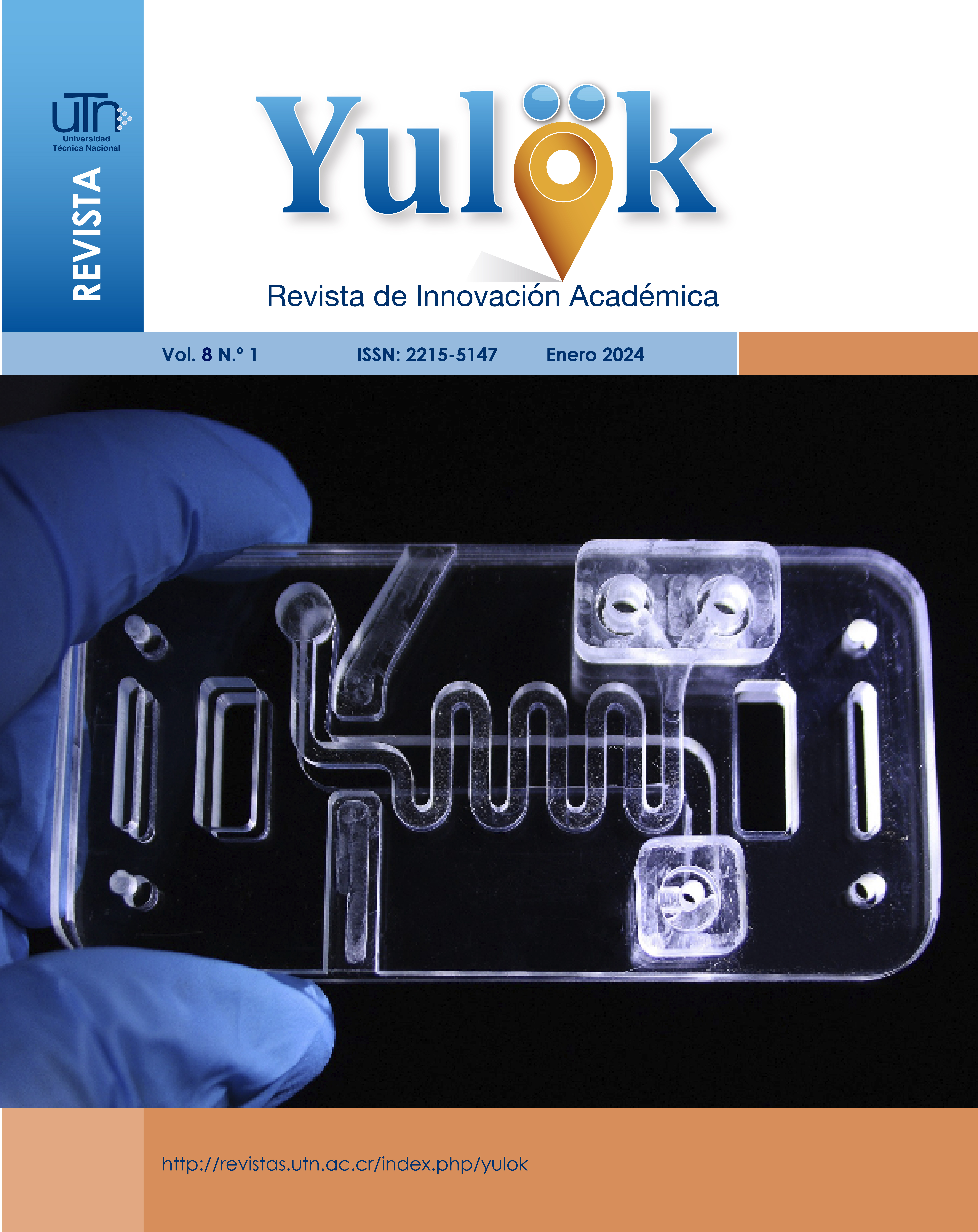Environmental Interpretation of the Bahía Golfito Mangrove: A Contribution to the Blue Economy
Main Article Content
Abstract
The objective of this work is to describe the results of the construction of the baseline of the interpretive planning of the Bahía Golfito mangrove, as an alternative to the impact of the piangua extraction. This work is the result of a social action project of the University of Costa Rica, in which the interpretive resources and their threats were recognized as a basis for the construction of an interpretive path, through the use of the 5M methodology, with which builds the baseline to convert the interpretive tour into a tourist product that works as an economic alternative for APIAPU. Since the conceptualization of the blue economy, APIAPU adds opportunities and complies with part of its principles, such as recognizing the value of the natural capital at its disposal, increasing new jobs in contact with the ocean and promoting the efficient use of resources. natural. As a recommendation, it is important to constantly train the people involved in the proposed tourism product.
Article Details
Section

This work is licensed under a Creative Commons Attribution-NonCommercial-ShareAlike 4.0 International License.
Todos los artículos publicados están protegidos con la licencia Creative Commons Atribución-NoComercial-CompartirIgual 4.0 Internacional
![]()
How to Cite
References
Brochu, L. 2003. Interpretive Planning. The 5-M Model for Successful Planning Projects. InterpPress. USA
Ivanova, A, Cariño, M, Monteforte-Sánchez, M, Ramírez , E y Domínguez, W. (2017). La economía azul como modelo de sustentabilidad para estados costeros: el caso de Baja California Sur. Sociedad y ambiente, (14), 75-98. Recuperado en 13 de diciembre de 2023, de http://www.scielo.org.mx/scielo.php?script=sci_arttext&pid=S2007-65762017000200075&lng=es&tlng=es.
Morales, J. 1992. Manual para la Interpretación Ambiental en Áreas Silvestres protegidas. Basado en los resultados del Taller sobre Interpretación Ambiental en Áreas Protegidas. FAO, Osorno, Chile. 201p
National Park Service. 2000. Comprehensive Interpretive Planning. USA. Recuperado: http://www.nps.gov/hfc/pdf/ip/cip-guideline.pdf
Programa de las Naciones Unidas para el Medio Ambiente (2016). Recuperado: https://www.unenvironment.org/annualreport/2015/en/index.html
Silva, M. (2005). Manglares. En: Lobo, J y F, Bolaños (Eds.). Historia Natural de Golfito (pp.55-65). Editorial InBio.
Sistema Nacional de Áreas de Conservación y MarViva. 2016. Plan General de Manejo de los Manglares de Bahía Golfito. Área de Conservación Osa (ACOSA), Costa Rica. 38p
Smith-Godfrey, S. (2016). Defining the Blue Economy. Maritime Affairs: Journal of the National Maritime Foundation of India, pp. 58–64. Recuperado de https://doi.org/10.1080/09733159.2016.1175131
Zangrando, M. (2017). El Crecimiento Azul como aplicación de la Economía Azul: estudios e implementaciones. Monografía de la Maestría en Administración y Dirección de Empresas. Universidad de Cartagena. 72pp. Recuperado: http://repositorio.upct.es/bitstream/handle/10317/6028/tfm-zan-cre.pdf?sequence=

